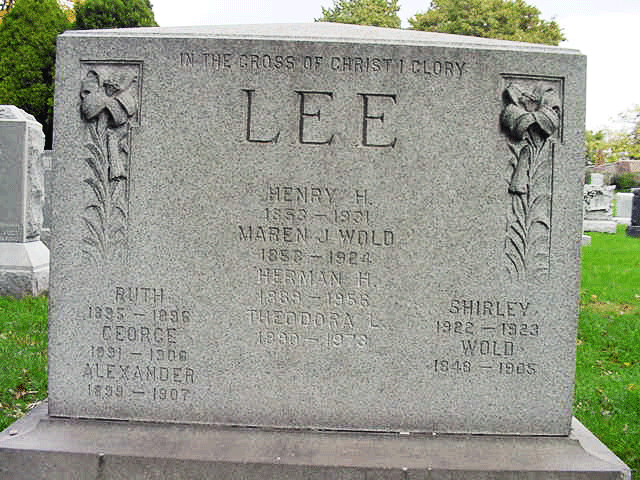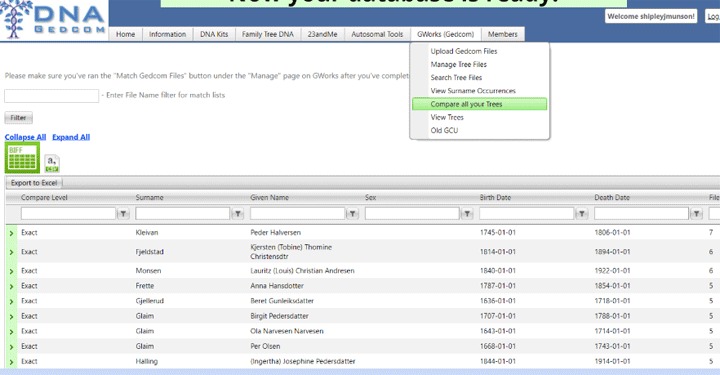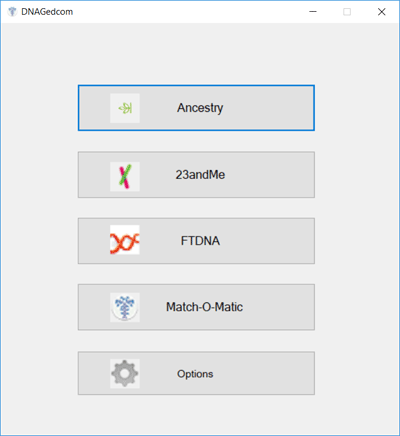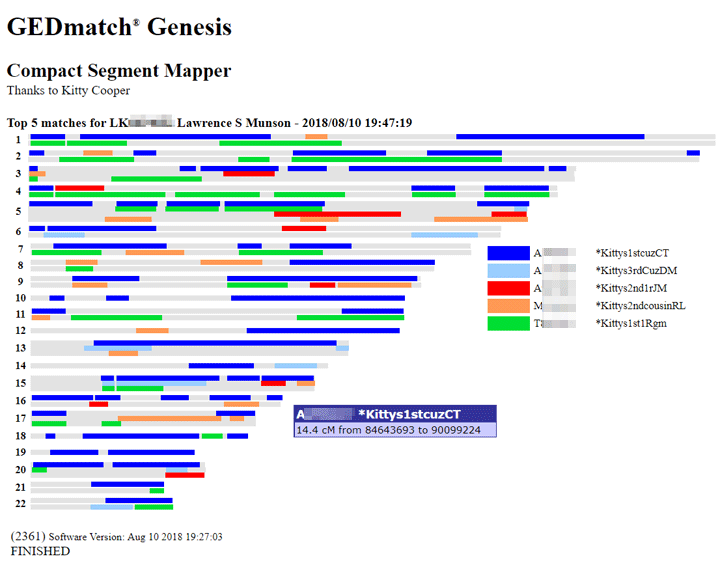Records that include your ancestor’s birth year are not necessarily accurate. Most records before the modern computerized era have self-reported ages, from censuses to marriage records, so often show incorrect information.
I remember being asked by a census taker about my neighbors. I really did not know the answers and said so, but in many cases I think people do answer for their neighbors. Also no census taker has ever asked me for an id. This made me realize how inaccurate census records could be for birth years as well as for the spelling of names, which I already knew about.
A fine demonstration of these inaccuracies are the many records for my great grandfather Henry H Lee (born H. Halvorsen Skjold in Norway) known to his family as Dada. I found that he kept getting younger in each document and census. A letter from his daughter written in the early 1900s states he was born in 1849 but most documents in America have 1852. His gravestone, shown above, has a birth year of 1853! Please remember that the birth year reported on your ancestor’s death certificate and gravestone came from the surviving family members, so can easily be incorrect.
So is the birth record reliable? Back then births happened at home so they were reported by the family or midwife. Several of Dada’s children had a mother of Mary Walters listed by the midwife in Brooklyn when her name was actually Maren Wold (proven many times over with DNA!). So birth records can have errors too, especially when your ancestors may have had thick accents while speaking English.
People in the 1800s baptized their children as soon as possible. Thus the baptism date, entered by a churchman, is one date that is surely accurate.
The Norwegians have put many of their country’s church books online. To solve the question of Dada’s birth year, I looked through all the pages of births for Dada’s original home town, Etne, Hordaland from 1849 until nine months after his father died in 1852.




